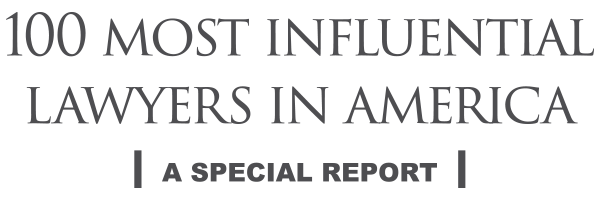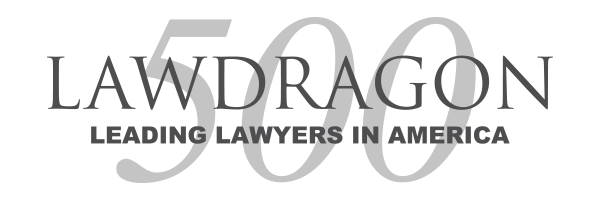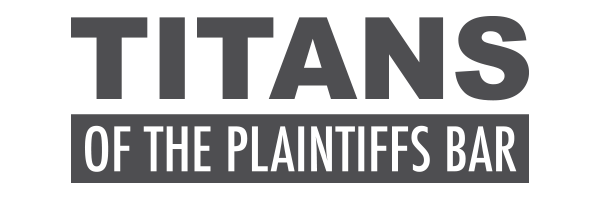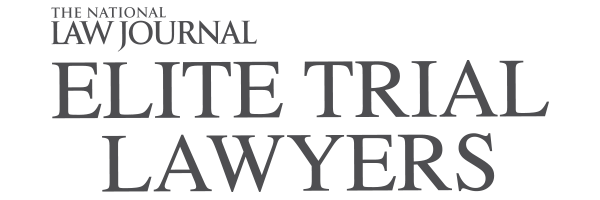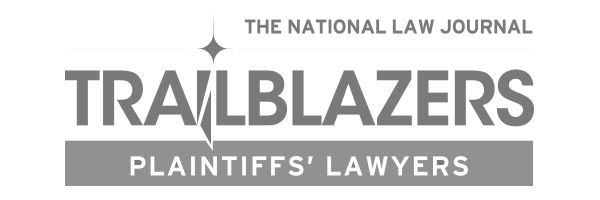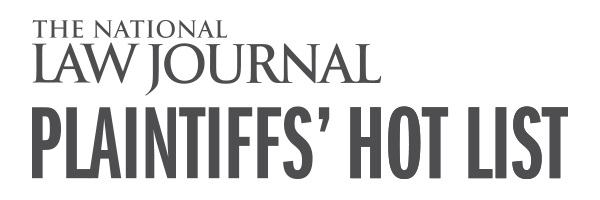Are Patent Rights Coming Back Into Favor?
The past decade has not been good to patent owners. Beginning with eBay Inc. v. MercExchange, LLC[1] in 2006, the Supreme Court issued a nearly unbroken string of decisions that, in the aggregate, significantly undermined the value of patent rights. In particular, the Supreme Court’s Alice Corp. v. CLS Bank International[2] decision, and the resulting flood of district court and Federal Circuit opinions finding patents invalid as lacking patentable subject matter, did substantial damage to patent rights in the high-tech space. And with the advent of post-grant proceedings following the enactment of the America Invents Act, a new and potent weapon was handed to accused infringers.
However, as the old saying goes, it is always darkest before the dawn. While commentators have been sounding the death knell of patents for some time now, the past year has seen a reversal in the fortunes of patent owners in the Supreme Court and the Federal Circuit.
In some cases, these developments simply reflect the consistent application of themes the Supreme Court has been sounding for several years. For example, in Halo Electronics, Inc. v. Pulse Electronics, Inc.,[3] the Supreme Court did away with the Federal Circuit’s overly rigid objective/subjective test for finding that infringement was willful, holding that an infringer’s after the fact justifications cannot diminish the culpability of his misconduct. The Court also rejected the Federal Circuit’s requirement that willfulness be proved by clear and convincing evidence, holding that a preponderance is enough, and held that district court rulings on this issue are reviewed for abuse of discretion.
This ruling is important, because it unlocks the potential for treble damages in cases that would otherwise have been shielded by the “ingenuity” (in the Court’s words) of the infringer’s litigation counsel in devising plausible – but unsuccessful – defenses. Perhaps just as importantly, it requires that district judges, who are closer to the case and the evidence than are appellate judges, serve as the principal decision makers, and narrowly cabins an infringer’s ability to reargue the issue at the appellate stage.
Halo changes the patent litigation landscape in a manner that is favorable for patent owners. Yet, every aspect of the Court’s holding was prefigured in its 2014 Octane Fitness, LLC v. ICON Health & Fitness Inc.[4] and Highmark Inc. v. Allcare Health Management System, Inc.[5] decisions, which similarly rejected an overly rigid standard for the imposition of attorney fee awards under 35 U.S.C. § 285 and was widely perceived as being an anti-patentee decision. As such, the ruling reflects the fact that a consistent application of the Court’s rejection of rigid standards may benefit patent owners even as this approach has been seen as anti-patent in the past.
So, should patent owners conclude that the pendulum has started to swing in a more positive direction? There are promising signs. Last year’s Commil USA, LLC v. Cisco Systems, Inc.[6] decision eliminated a defense (that the accused infringer reasonably believed that the patent was invalid) to a charge of inducing infringement, thereby enhancing the value of patents containing method claims. And the Supreme Court has granted review in a number of patent cases concerning issues of substantial importance, such as SCA Hygiene Products Aktiebolag v. First Quality Baby Products, LLC,[7] in which the Court appears set to address whether laches may continue to serve as an absolute bar to pre-filing damages.
Furthermore, the Federal Circuit has recently been working to delineate the boundaries of patentable subject matter more clearly, with results that are favorable for patent rights.
As always, patent owners considering litigation to enforce their rights should be aware of the complexity and challenges inherent in enforcing their rights against large, well-funded adversaries. Nevertheless, these developments will enable patent owners to do battle on a somewhat more level field against companies that are using their inventions without compensation.
[1] 547 U.S. 388, 126 S. Ct. 1837 (2006).
[2] ___ U.S. ___, 134 S. Ct. 2347 (2014).
[3] ___ U.S. ___, 136 S. Ct. 1923 (2016).
[4] ___ U.S. ___, 134 S. Ct. 1749 (2014).
[5] ___ U.S. ___, 134 S. Ct. 1744 (2014).
[6] ___ U.S. ___, 135 S. Ct. 1920 (2015).
[7] ___ U.S. ___, 136 S. Ct. 1824 (2016) (granting cert.).
